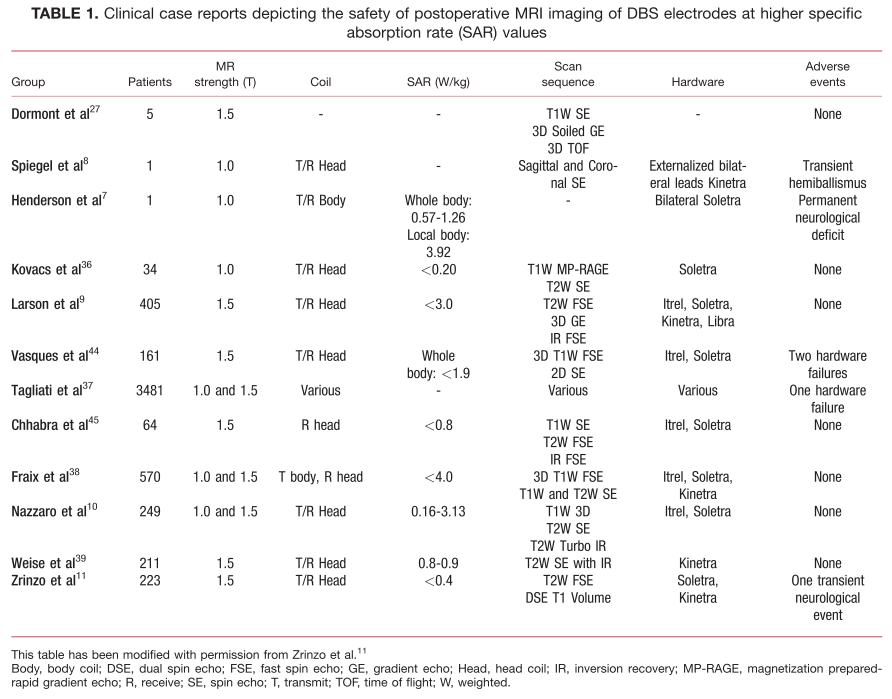The effectiveness of the DBS device is highly dependent on the proper radiologic and electrophysiological identification of DBS target structures and the accurate placement of the DBS
electrodes. However, the current restrictions on the postoperative MRI of electrodes has resulted in many centers opting out of the procedure. This project aims to provide evidence that these
restrictions are unnecessarily strict, providing low quality MRI images that make locating electrodes very difficult.
Postoperative imaging in DBS is crucial to determine final electrode position and assess surgical complications. The most important safety concern with postoperative MRI of DBS electrodes is the potential risk of heating during the scanning procedure. The electrical field accompanying the RF magnetic field induces current within the electrode wires, which essentially act as antennas. The induced current passes through the electrode contacts into the surrounding tissue, resulting in heating and potential lesions.

The table above (published in Gilmore et al. 2017) depicts an in-depth literature search revealing that out of 5,000 cases reported only 6 adverse events occurred, following MRI acquisition with DBS electrodes in place.